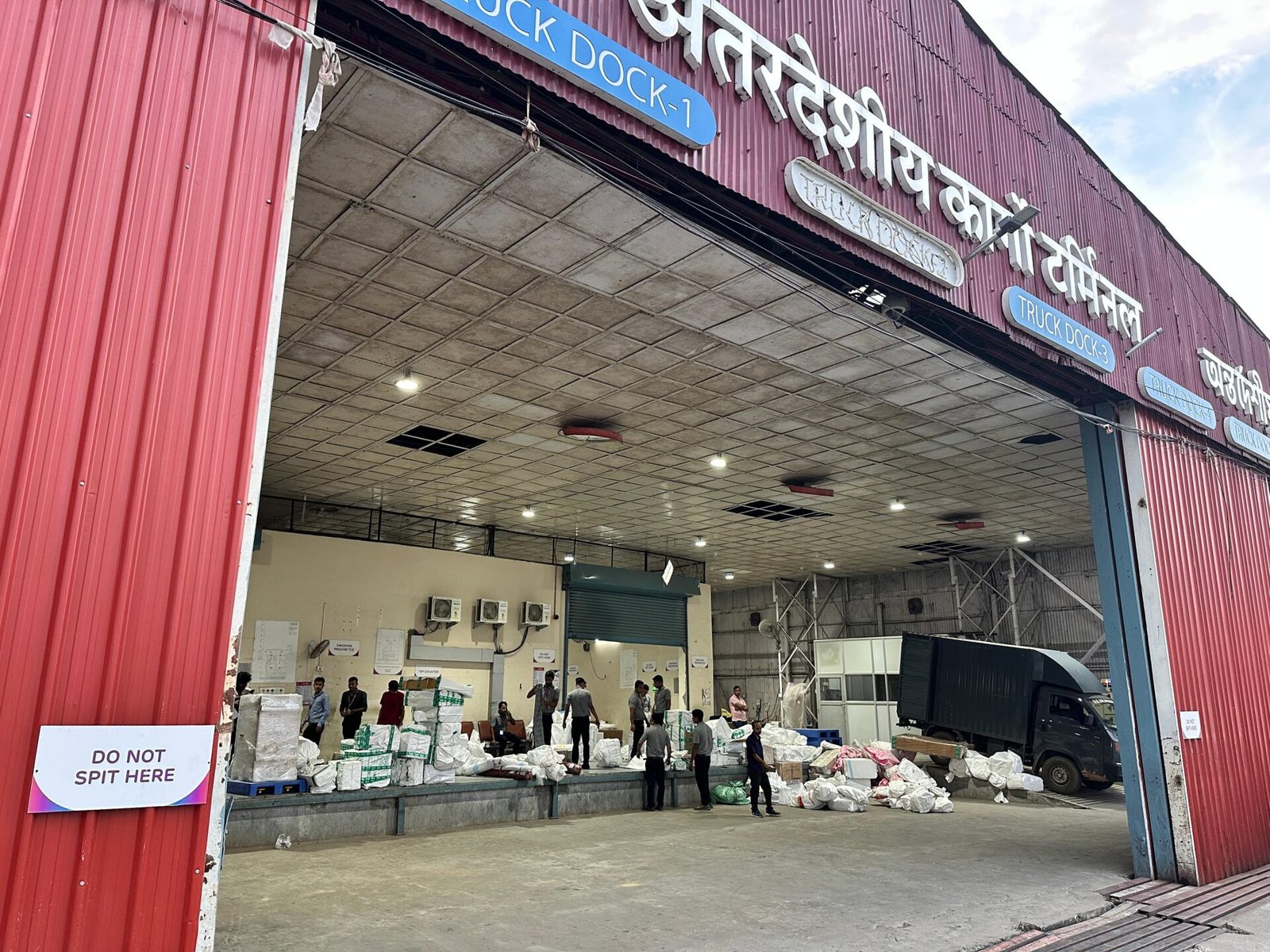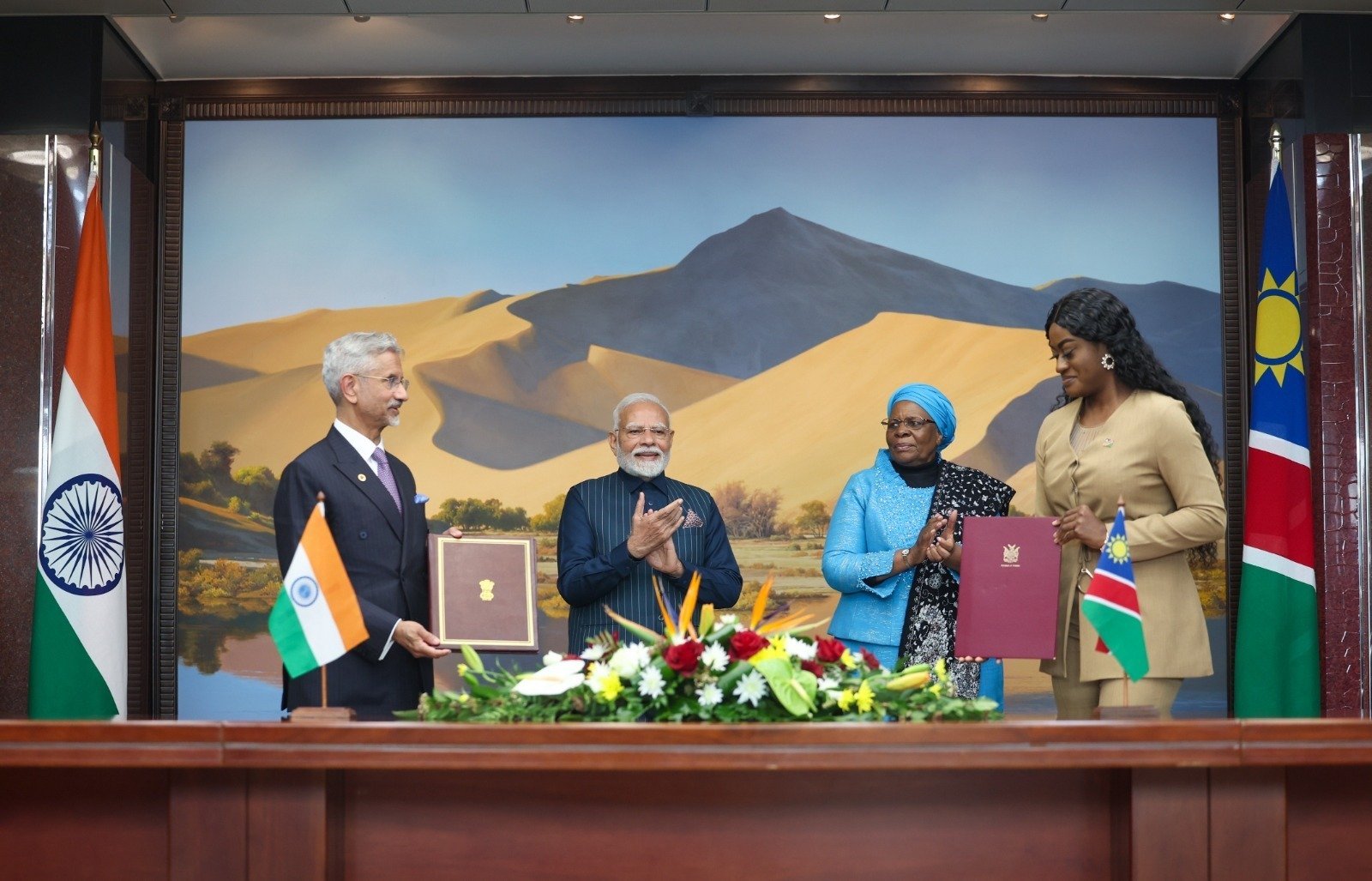Author: ReutersTue, 2017-03-07ID: 1488865988276830700
SEOUL, South Korea: The US started to deploy the first elements of its advanced anti-missile defense system in South Korea on Tuesday after North Korea’s test of four ballistic missiles, US Pacific Command said, despite angry opposition from China.
The announcement came as North Korean state media said leader Kim Jong-Un had personally supervised Monday’s missile launches by an army unit that is positioned to strike US bases in Japan, stepping up threats against Washington as US troops conduct joint military exercises with South Korea.
“Continued provocative actions by North Korea, to include yesterday’s launch of multiple missiles, only confirm the prudence of our alliance decision last year to deploy THAAD to South Korea,” US Pacific Commander Admiral Harry Harris said in a statement, referring to the Terminal High Altitude Area Defense (THAAD) anti-missile system.
The move by the US military is likely to deepen the brewing conflict between South Korea and China, which says the THAAD deployment destroys the regional security balance.
The four ballistic missiles fired by North Korea landed in the sea off Japan’s northwest, angering Seoul and Tokyo, days after Pyongyang promised retaliation over the military drills that it sees as preparation for war.
US President Donald Trump and Japanese Prime Minister Shinzo Abe discussed the launches by the nuclear-armed North during a phone call on Tuesday.
“Japan and the US confirmed that the latest North Korean missile launches were clearly against UN resolutions and a clear provocation against the regional and international community,” Abe told reporters. “(North Korea’s) threat has entered a new phase.”
Trump also spoke to South Korea’s acting President Hwang Kyo-ahn to discuss the North’s missile launches, Hwang’s office said.
‘Mercilessly retaliate’
Reclusive North Korea, which has carried out a series of nuclear and missile tests in defiance of United Nations resolutions, issued a typically robust statement on state news agency KCNA after the missile launches.
“In the hearts of artillerymen … there was burning desire to mercilessly retaliate against the warmongers going ahead with their joint war exercises,” KCNA said.
It said Kim ordered the Korean People’s Army’s Strategic Force “to keep highly alert as required by the grim situation in which an actual war may break out any time, and get fully ready to promptly move, take positions and strike so that it can open fire to annihilate the enemies.”
The missiles North Korea fired on Monday were unlikely to have been intercontinental ballistic missiles (ICBMs), South Korea said, which can reach the US They flew on average 1,000 km (620 miles) and reached an altitude of 260 km (160 miles).
Some landed as close as 300 km (190 miles) from Japan’s northwest coast, Japan’s defense minister said earlier.
South Korean military and intelligence officials said on Tuesday the four North Korean missiles appeared to be an upgraded version of the Scud type.
North Korea is mired in a separate diplomatic row with Malaysia over the killing of Kim’s estranged half-brother at Kuala Lumpur airport last month.
The two countries have expelled each other’s ambassador from their capitals and on Tuesday announced tit-for-tat bans on departures of each other’s nationals, sharply escalating tensions between two countries that, until the killing of Kim Jong Nam, had maintained rare close ties.
Diplomatic standoff
The US and Japan have requested a UN Security Council meeting on the latest North Korean missile launches, which will likely be scheduled for Wednesday, diplomats said.
The planned installation of the US anti-missile defense system has led to a diplomatic standoff between China and South Korea.
Chinese authorities have closed nearly two dozen retail stores of South Korea’s Lotte Group, which approved a land swap with the country’s military last week to allow it to install the system.
China’s state-run Global Times warned the possibility of war on the Korean peninsula was growing because of the US-South Korean military drills and the North Korean missile launches.
“The Chinese public is angry that Pyongyang’s nuclear program has provided an excuse for Seoul to deploy THAAD,” the tabloid said in an editorial.
“Pyongyang blindly believes nuclear weapons are the greatest guarantee of its national security regardless that the reality is the opposite,” it said.
China objects to the THAAD deployment, saying its territory is the target of the system’s far-reaching radar. South Korea and the US have said the missile system is aimed only at curbing North Korean provocations.
The Yonhap news agency said the THAAD deployment could be completed in one or two months.
Main category: WorldTags: South KoreaNorth KoreaTHAADUS Pacific CommandJapananti-missile defense systemballistic missilesKCNArelated_nodes: South Korea president calls for unity over THAAD deploymentNorth Korea missiles ‘drill for strike on US bases in Japan’: KCNAN. Korea defends missile launch, US demands actionNorth Korea fires 4 banned ballistic missiles into sea








